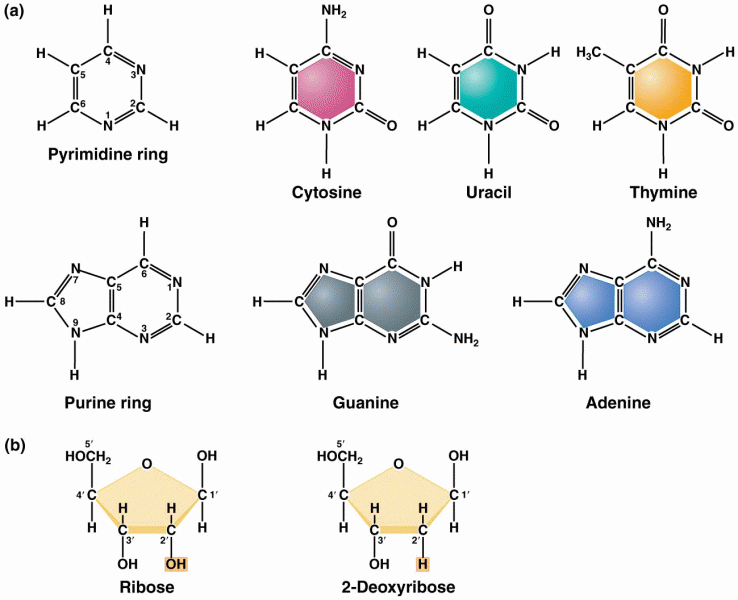Matching
a. Electrolyte
b. Voltmeter
c. Chemical
d. Ectopic
e. Reciprocal changes
f. Atrial
g. Indicative changes
h. Amplitude
i. Repolarization
j. Supranormal
k. Ventricular
l. Reentry
m. Positive
n. Augmented
1. ECG changes observed in leads opposite the affected area of the heart; also called mirror image changes
2. The QRS complex represents _____ depolarization.
3. Each electrode placed in a V position is a(n) _____ electrode.
4. Element or compound that breaks into charged particles (ions) when melted or dissolved in water or another solvent
5. An ECG machine is a sophisticated _____.
6. ECG changes observed in leads that look directly at the affected area of the heart
7. The T wave represents ventricular _____.
8. The a in aVR, aVL, and aVF
9. Impulse(s) originating from a source other than the SA node
10. The spread of an impulse through tissue already stimulated by that same impulse
11. Height (voltage) of a waveform on the ECG
12. The P wave represents _____ depolarization.
13. The stimulus that alters the electrical charges across the cell membrane may be electrical, mechanical, or _____.
14. During this period, a weaker than normal stimulus can cause depolarization of cardiac cells.
Question 2
Matching
a. _____ in myocardial cells function as electrical connections and allow the cells to conduct electrical impulses very rapidly.
b. Typically results when the heart's demand for oxygen exceeds its supply from the coronary circulation
c. Specialized nerve tissue located in the internal carotid arteries and the aortic arch that detect changes in blood pressure
d. The _____ septum separates the right and left atria.
e. Electrolyte very important in cardiac muscle contraction.
f. A negative _____ effect refers to a decrease in heart rate.
g. Space between the lungs that contains the heart, great vessels, trachea, and esophagus, among other structures
h. Pulmonary arteries and veins, aorta, superior and inferior vena cavae
i. Term used to refer to distinct conditions caused by a similar sequence of pathologic eventsa temporary or permanent blockage of a coronary artery
j. Amount of blood flowing into the right atrium each minute from the systemic circulation
k. Sensors in the internal carotid arteries and aortic arch that detect changes in the concentration of hydrogen ions (pH), oxygen, and carbon dioxide in the blood
l. A buildup of excess blood or fluid in the pericardial space can cause cardiac _____.
1. Acute coronary syndromes
2. Chronotropic
3. Tamponade
4. Great vessels
5. Gap junctions
6. Chemoreceptors
7. Interatrial
8. Mediastinum
9. Myocardial ischemia
10. Venous return
11. Baroreceptors
12. Calcium







